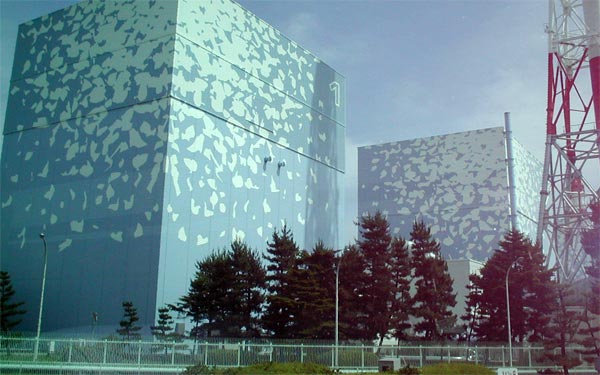I’ve resisted linking the terrible earthquake in Japan to the topics of clean energy and green IT mainly because of the scope of the disaster and the terrible suffering it wrought. That, and the country’s ongoing nuclear energy hardships speak for themselves.
But now, as Japanese businesses work to return to normalcy, some interesting after effects are coming to light, particularly those that are affecting its IT industry.
According to this post by Rien Dijkstra at Infrarati, IT managers were forced to adapt after the quake curtailed the country’s energy production.
In Japan, data centers have been told to cut their energy use 20 percent because of the ongoing nuclear power crisis. Because of this, for example, computer maker Fujitsu Ltd. plans to move 3,600 of its servers in the Tokyo and Yokohama area to data centers in other regions. The firm also plans to halt the use of some servers.
You probably don’t have to be told this, but data centers aren’t the most agile of business units. For all the talk of rapid deployments and near-plug-and-play reconfigurations, IT shops typically move slowly, tentatively and according to plan. Fujitsu’s moves are non-trivial to its IT personnel, I can promise you that.
Energy management and on-site power
Most data centers are prepared for a power outage thanks to UPS systems and backup generators. But what if the grid fails to come back up in a timely manner — or at all? Can your company swallow the cost of having diesel fuel trucks regularly rumble up your driveway? Could you lower your energy consumption if you were asked by your electricity producer?
There are two complementary strategies that can help data center operators deal with disasters that affect their energy providers. For starters, there’s energy management.
Some full-featured suites like IBM’s Tivoli integrate tightly with IT equipment and power distribution systems to dial back consumption while maintaining acceptable levels of application availability and SLA compliance. Asking a data center to cut its power consumption by 20 percent is no trivial request, but it’s not out of the realm of possibility for companies with systems and software that can dynamically shift their energy usage patterns.
Another way to avoid the sting of an unstable power grid is to make your own electricity. Though it’s easier said that done, it’s at least worth investigating whether on-site renewable energy projects are worth the effort and cost.
Many utilities and local governments offer incentives that could lower the cost of installing solar panels or erecting wind turbines. Though at present, a little wind farm or solar roof is rarely enough to completely power most data centers, they can help them become less reliant on the grid and ride out unexpected outages. Fuel cells are another option. Though I was wary of Bloom Energy when it debuted (sub req’d), mostly because of the high cost for grid independence, I’m sure there are a lot of Japanese firms wishing there were even a handful of them humming away in their courtyards.
Insights, lessons coming soon
Over the next several days, expect there to be more coverage about the quake’s impact on Japan’s IT industry. The Infrarati post tells us that at the “DatacenterDynamics conference on June 30 in San Francisco, a presentation will be given by a representative of the Japan Data Center Council (JDCC) and Zen Kishimoto of AltaTerra Research on Japanese data centers in the aftermath of the major quake in March.”
Though it’s sure to provide some good insights, the presentation will also offer clues as to what technologies and strategies could help businesses prevent those sorts of disruptions, and recover quickly, when big disasters strike.
Image credit: Fukushima 1 Nuclear Power Plant – Wikimedia Commons


Leave a Reply